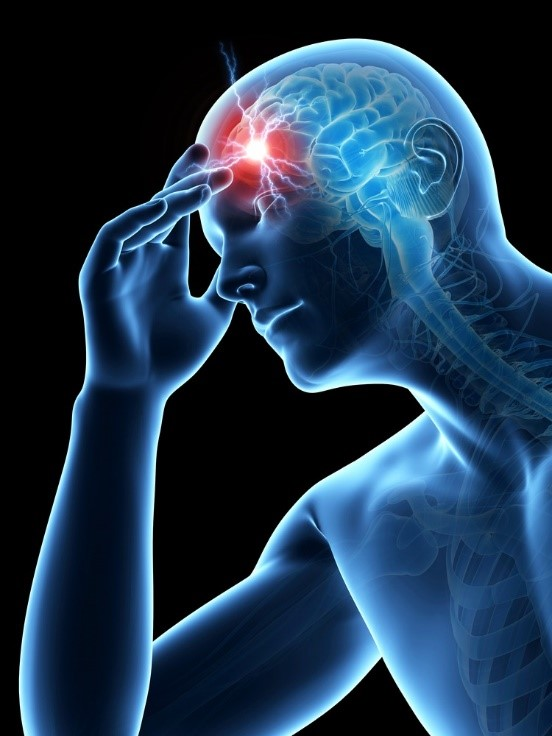Cerebral Venous Thrombosis
The American Heart Association/American Stroke Association has unveiled its first scientific statement on cerebral venous thrombosis. The recommendations will help clinicians identify this uncommon cause of stroke that mostly affects young people.
"The diagnosis and management of cerebral venous thrombosis requires a high level of suspicion," told committee chair Gustavo Saposnik, MD, from the University of Toronto in Ontario, Canada. "The guidelines are intended to improve awareness and recognition."
The committee includes a multidisciplinary group of experts from the United States, Canada, Mexico, Portugal, and Argentina. The guidelines were published online February 3 in the journal Stroke. They have been endorsed by
• The American Academy of Neurology;
• The American Association of Neurological Surgeons;
• The Congress of Neurological Surgeons;
• The Ibero-American Stroke Society; and
• The Society of NeuroInterventional Surgery.
Cerebral venous thrombosis is caused by clots in the dural venous sinuses and accounts for 0.5% to 1% of all strokes. It disproportionally affects women who are pregnant or taking oral contraceptives and people 45 years and younger.
The incidence of cerebral venous thrombosis during pregnancy and post partum ranges from 1 in 2500 deliveries to 1 in 10,000 deliveries in Western countries, according to the guidelines. The greatest risk periods are during the third trimester and in the first 4 postpartum weeks. Up to 73% of cerebral venous thrombosis in women occurs during the time immediately after childbirth. However, the risk for complications during future pregnancies is low, report the guideline authors.
They recommend patients with suspected cerebral venous thrombosis undergo blood studies to see whether they have a prothrombotic factor, such as protein C or S, antithrombin deficiency, antiphospholipid syndrome, prothrombin G20210A mutation, and factor V Leiden.
"A predisposing condition to form clots or a direct cause is identified in about two-thirds of patients with cerebral venous thrombosis,” Dr. Saposnik said.
An estimated 30% to 40% of patients with cerebral venous thrombosis may develop an intracranial hemorrhage. "It’s important to distinguish a hemorrhage caused by rupture of a brain artery from those associated with cerebral venous thrombosis," he said. "The mechanisms — and treatment — of the bleeding are quite different."
The guidelines suggest that patients having a brain hemorrhage with an unclear cause undergo imaging of their cerebral veins.
Headache Most Common Symptom
According to the International Study on Cerebral Venous and Dural Sinuses Thrombosis, headache is the most common symptom and was recorded in about 90% of patients (Stroke. 2005;36:1720–1725).
"The usual appropriate acute treatment includes prevention of complications and anticoagulation therapy," Dr. Saposnik said. The guidelines emphasize that magnetic resonance imaging and magnetic resonance venography are the most sensitive and therefore recommended tests.
In the emergency department, computed tomography may be useful when magnetic resonance imaging is not readily available, Dr. Saposnik added.
For patients who develop a stroke, he emphasized the importance of care in an appropriate setting, such as a stroke unit, for the prevention and management of complications.
"Testing for prothrombotic conditions in the acute phase has limited value," he noted. "Thorough blood work should be completed later. And the duration of anticoagulation therapy should ultimately depend on the underlying etiology."
Dr. Saposnik said , there is limited evidence regarding endovascular treatment or thrombolysis in patients with cerebral venous thrombosis. "Based on that, the current guidelines recommend this approach only in patients with progressive neurological deterioration despite the best medical treatment."
"As with any guideline," Dr. Saposnik said, "the current one provides a general approach analyzing the available evidence. It doesn't address individual situations."




Comments
Post a Comment